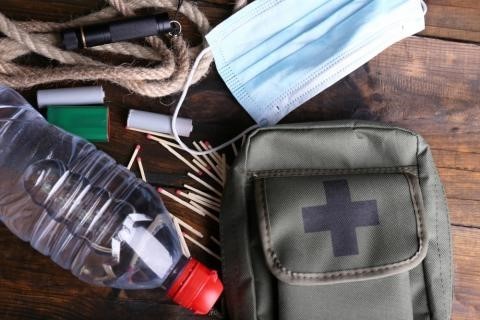The western provinces of Canada are currently experiencing intense wildfires, leading to evacuation orders affecting thousands of residents. Experts are predicting a severe wildfire season due to hot and dry weather conditions. Prime Minister Justin Trudeau has emphasized the need for increased preparedness in the face of escalating global temperatures. Many Canadians may face their first evacuation orders or alerts this summer, making it crucial to understand the difference between the two and be ready to take action.
In preparation for potential evacuations, it is important to stay informed through local news channels, social media, and emergency organizations. Developing an evacuation plan that includes where to go, what to bring, and who to contact is essential. It is also important to inform others outside of your community of your evacuation plans to ensure assistance if needed. Creating a checklist that includes dressing appropriately, packing essentials, and having a full gas tank if driving is recommended.
During a wildfire evacuation, it is crucial to follow official evacuation routes and stay away from downed power lines to avoid hazards. Having an emergency kit ready to go with essential items such as food, water, medications, and personal documents is recommended. Understanding the specific guidelines for evacuation orders and alerts in your region is important, as well as knowing where to find public evacuation centres or shelters in case of emergency. Remaining calm during evacuation is key to making clear decisions in potentially stressful situations.
After a wildfire evacuation, it is important not to return home until clearance is given by emergency officials. Safety precautions should be taken when re-entering burned areas, as there may still be hazards. Discarding contaminated food and water, documenting damage for insurance purposes, and seeking temporary housing if necessary are advised. Cleaning up after a wildfire may require multiple efforts to rid items of smoke odors and stains. The Canadian Red Cross stresses the importance of addressing the emotional impacts of natural disasters and accessing support services if needed.
Overall, being prepared for potential wildfire evacuations involves staying informed, creating a plan, packing essentials, and following safety guidelines. Understanding the different stages of evacuation, knowing where to seek shelter, and taking precautions during and after an evacuation are crucial to ensuring safety and well-being. As wildfire season intensifies, Canadians must be vigilant, proactive, and ready to respond to wildfire threats in their communities.


